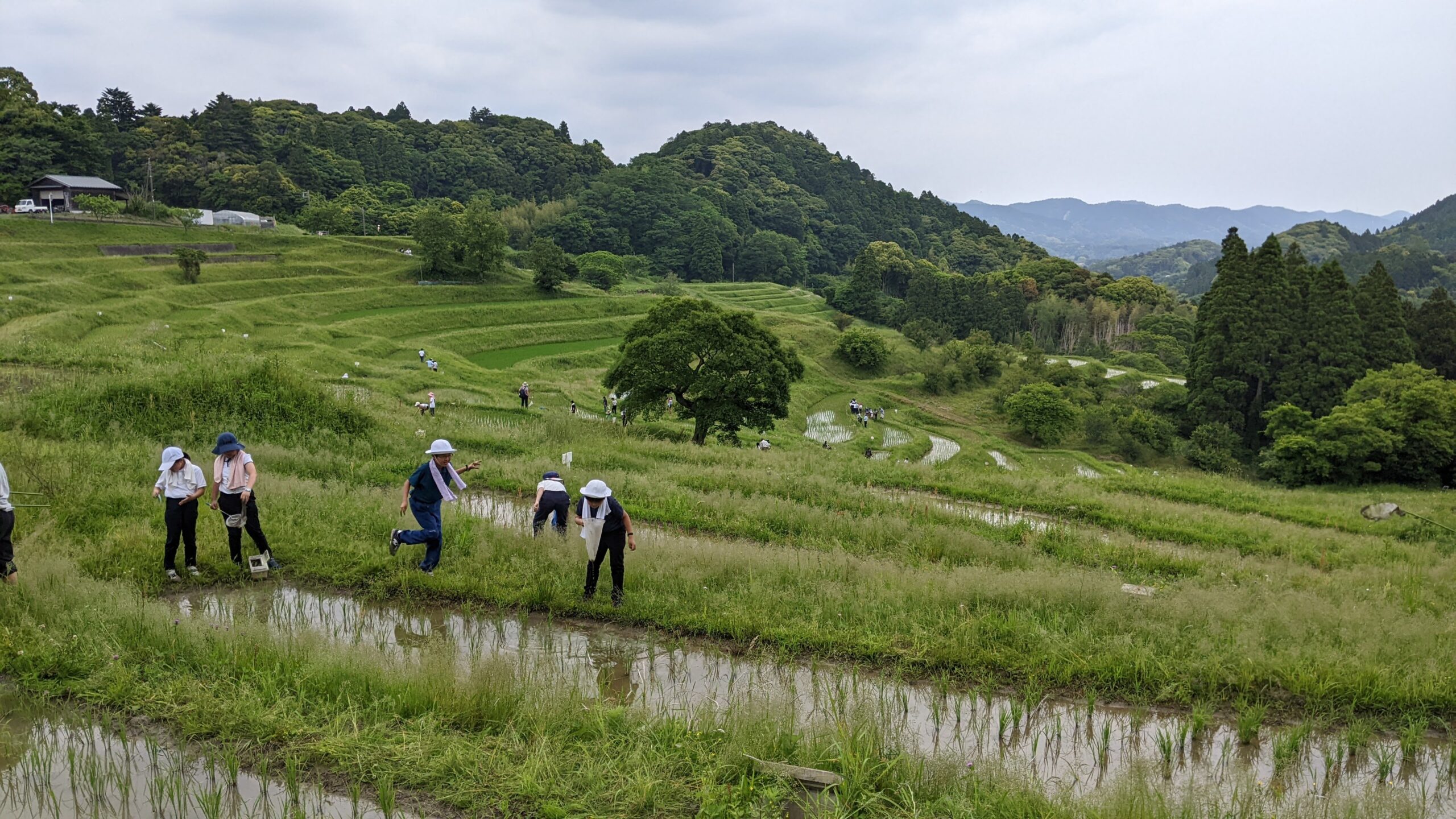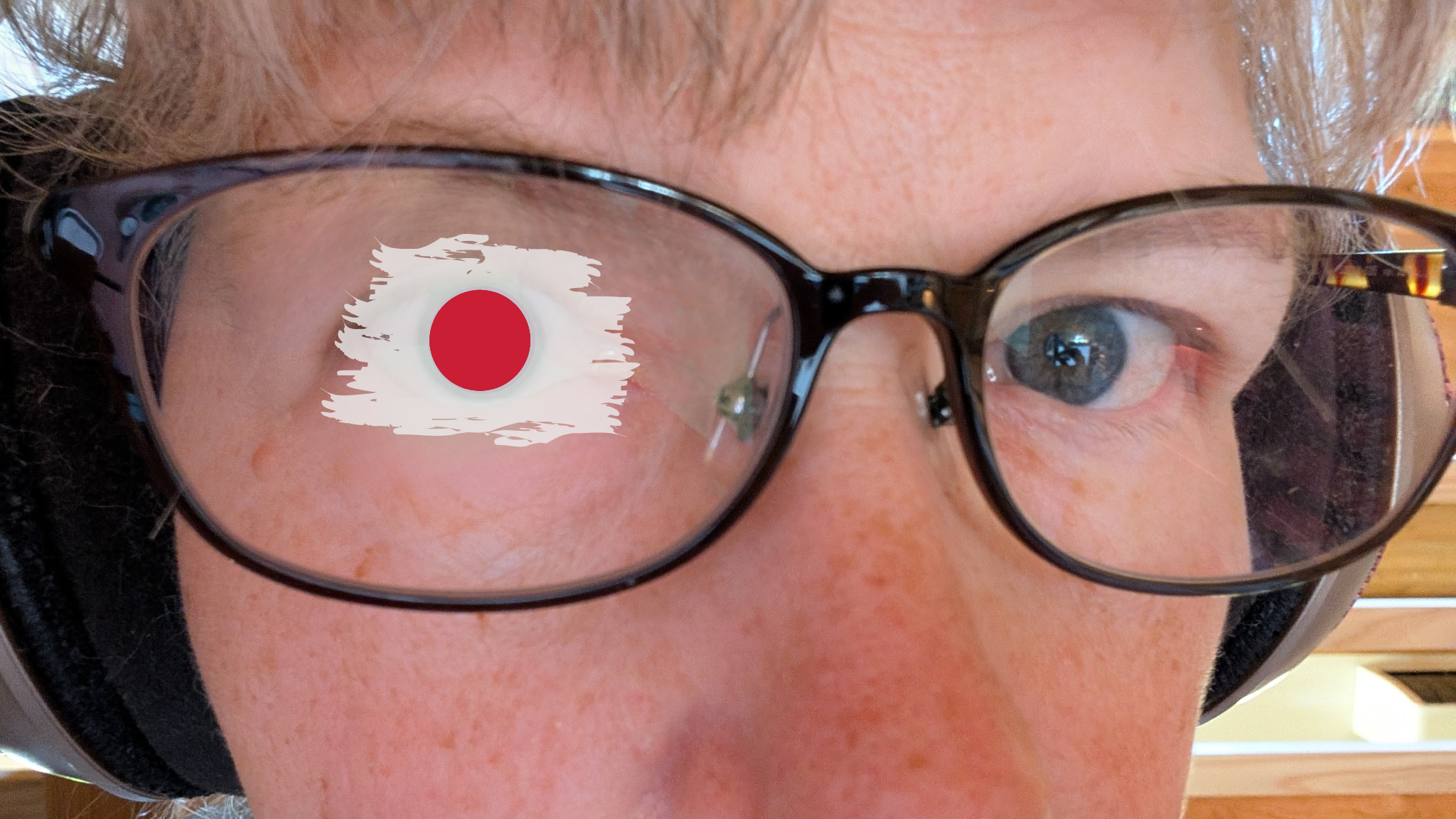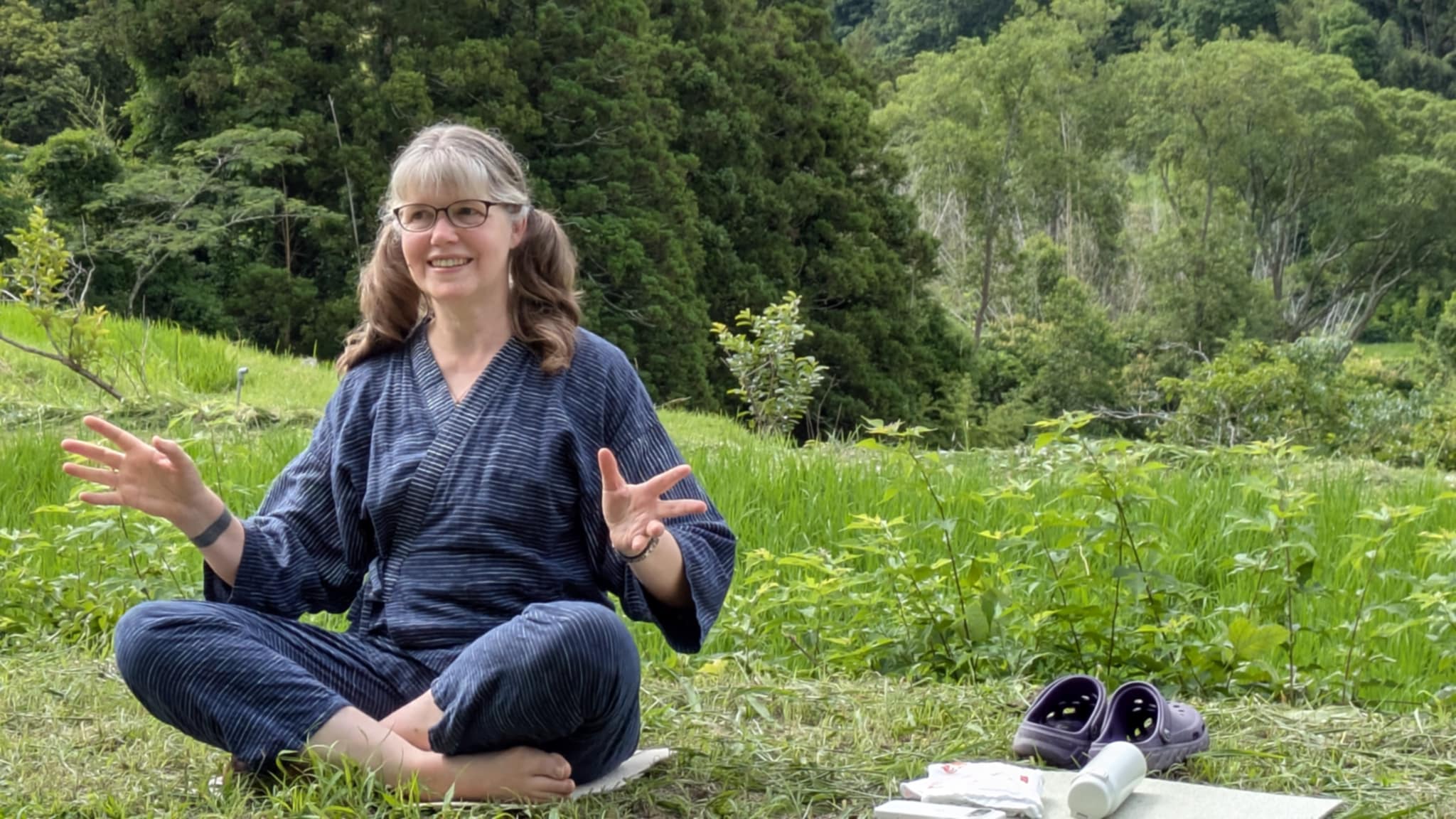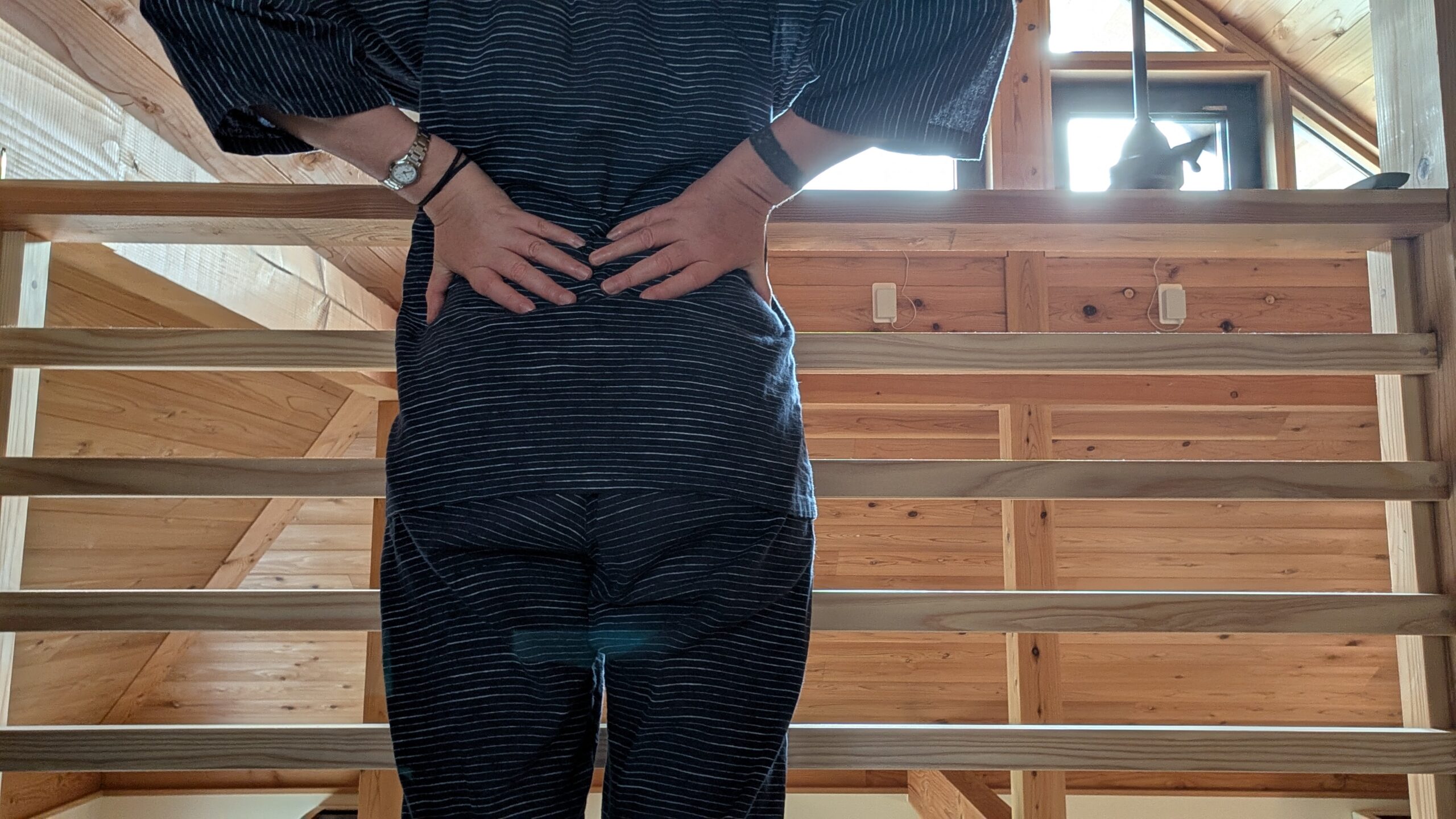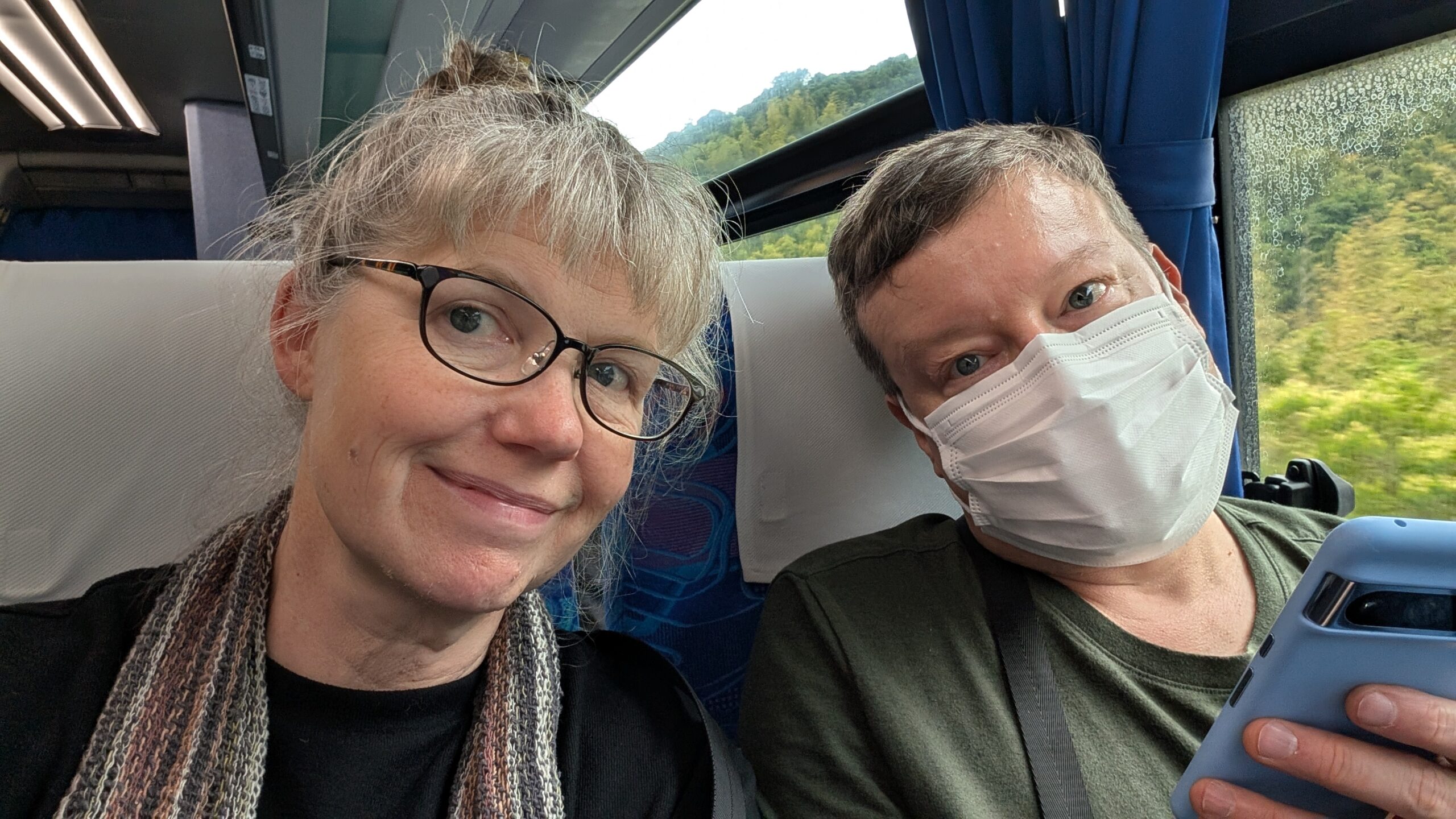Fresh off the planting season, we are roaring into school experiences (体験 taiken) at Oyama Senmaida. Today I attended two programs as an observer in order to make notes to write up into English instructions. One hundred and twenty six 4th graders from Tokyo came to participate in nature observation and indigo dying.
In the morning, I joined the Nature Observation program. Sixty-three kids learned hands-on about the creatures living in and around the rice fields. Before heading out with nets, there was a geology lecture with rock samples, photos of critters we would not see today like inoshishi, monkeys, and kyon, and then some hands-on with bones and pelts, which the kids were really into. We have samples of inoshishi skulls, deer antlers, a mink pelt – these are things you just don’t get in the city.

After the lectures and bones, we divided the students into three smaller groups and took them out into the fields where they collected countless frogs and tadpoles. One kid found a crayfish. There was a leech. A grasshopper. A tick. Lots of mud.

The amount of deep knowledge and nature trivia that the group leaders shared was impressive. It is almost impossible to write this session up for future leaders. Even though there is a clear format for the session – lecture, touching stuff, exploring the fields – it’s only possible for people to teach if they already have an encyclopedic knowledge of the ecology of the tanada and Southern Chiba. Fortunately, those experts are among us. And they are willing to share what they know. I learned a couple of interesting things today:
- The leaves of sour-tasting plants like wood sorrel, common sorrel, and plantain can be used to polish a copper ten yen coin. Works really well!
- Harlequin glorybower, which is also called peanut butter tree for its scent, is called kusagi (stinky tree) in Japanese.
- Tsutsuji are sweet and can be tasted the same way as honeysuckle.

We wound up the morning session, and while the kids had their lunches out in the grass, we staff reset both experiences and enjoyed our lunch, too. For the afternoon the groups switched activities. I was with the same 63 kids as they did indigo dying.

I made a tactical error and missed the beginning of the session; I was waiting for some of the kids to join their groups. It was just a few minutes, but long enough for me to miss the introduction and any background information about indigo that was shared. So I don’t know what expectations were set or what kids knew about the process or the materials.
When I got into the classroom, they were diving into preparing the dye bath, during which the kids took turns measuring water, stirring, and so on. It’s not the most exciting part of a dying project, but its important. And it happened twice in order to create a double batch of dye.

The experience was a shortened version of the usual one – only one shibori technique instead of four styles – and that may have played into the uneven rhythm of the session. Boil dye, prepare the cloth, take a break; boil dye again, take a break, dye the cloth.
Once the dye was ready and cooled to the proper temperature (55C), the net-wrapped bundles went into the dye bath.

And ten minutes later, after another break, the students were unwrapping their creations and watching them oxidise to blue. The were so excited to show me their results.

The experiences were good. By the end of the day I was exhausted. It is a lot of “kid energy,” that everyone was feeling and for me it’s also massive amount of second-language communication. That doesn’t come easy and I am self-conscious about my stumbling conversations. Plus kids were asking me questions and I had no answers for them.
As an observer and overall helper who had no idea what she was doing, I was a third wheel. I caused a water spill by overfilling a basin without realising the next step in the process needed not quite so much water. Oops. Kawasaki-san cleaned it up while he continued to teach because I didn’t know where any of the cleaning tools are kept.
I look forward to participating in these again and gaining the necessary vocabulary and knowledge to be more useful in the sessions. Or at least where the mops and rags are stored.
